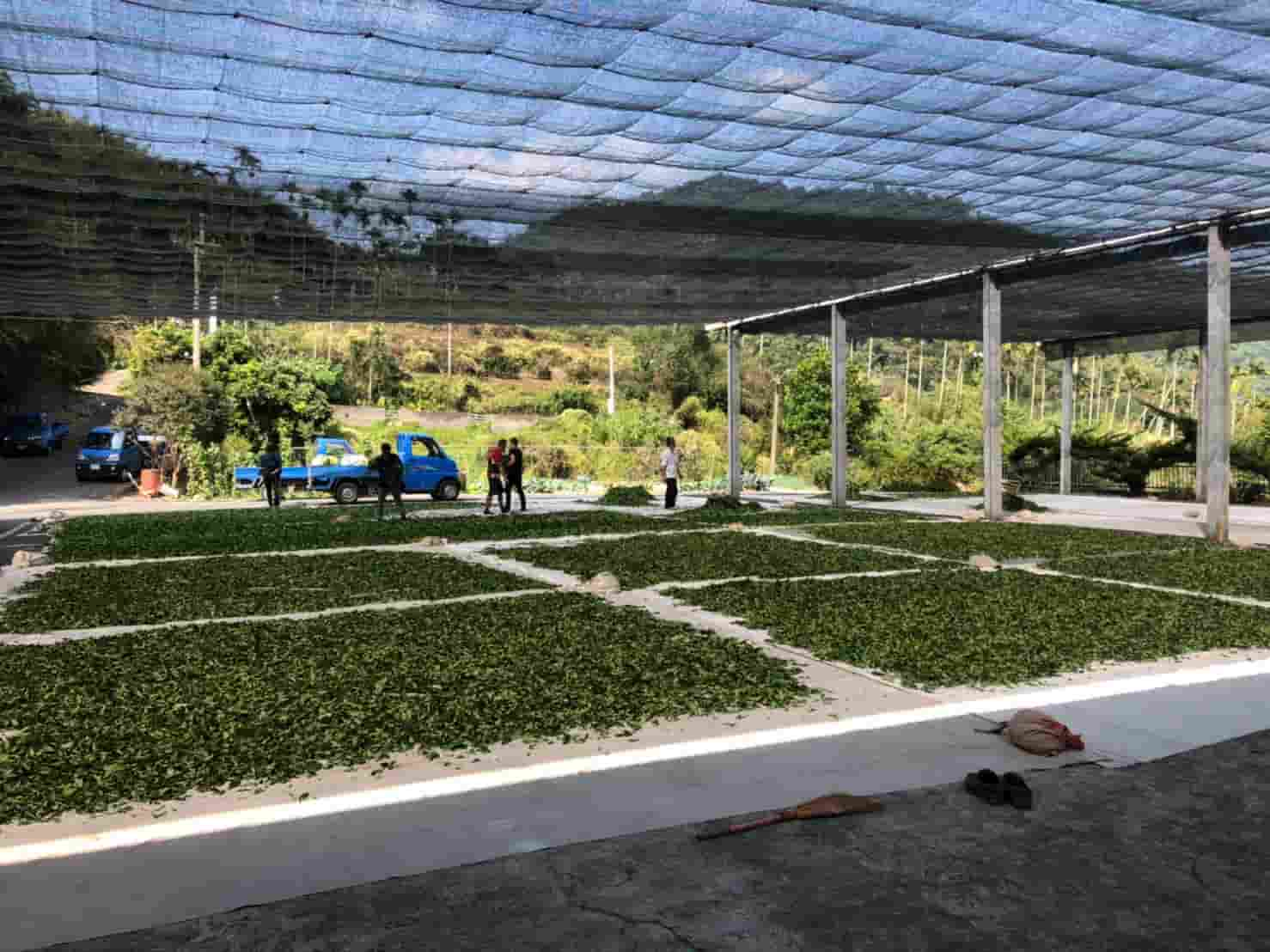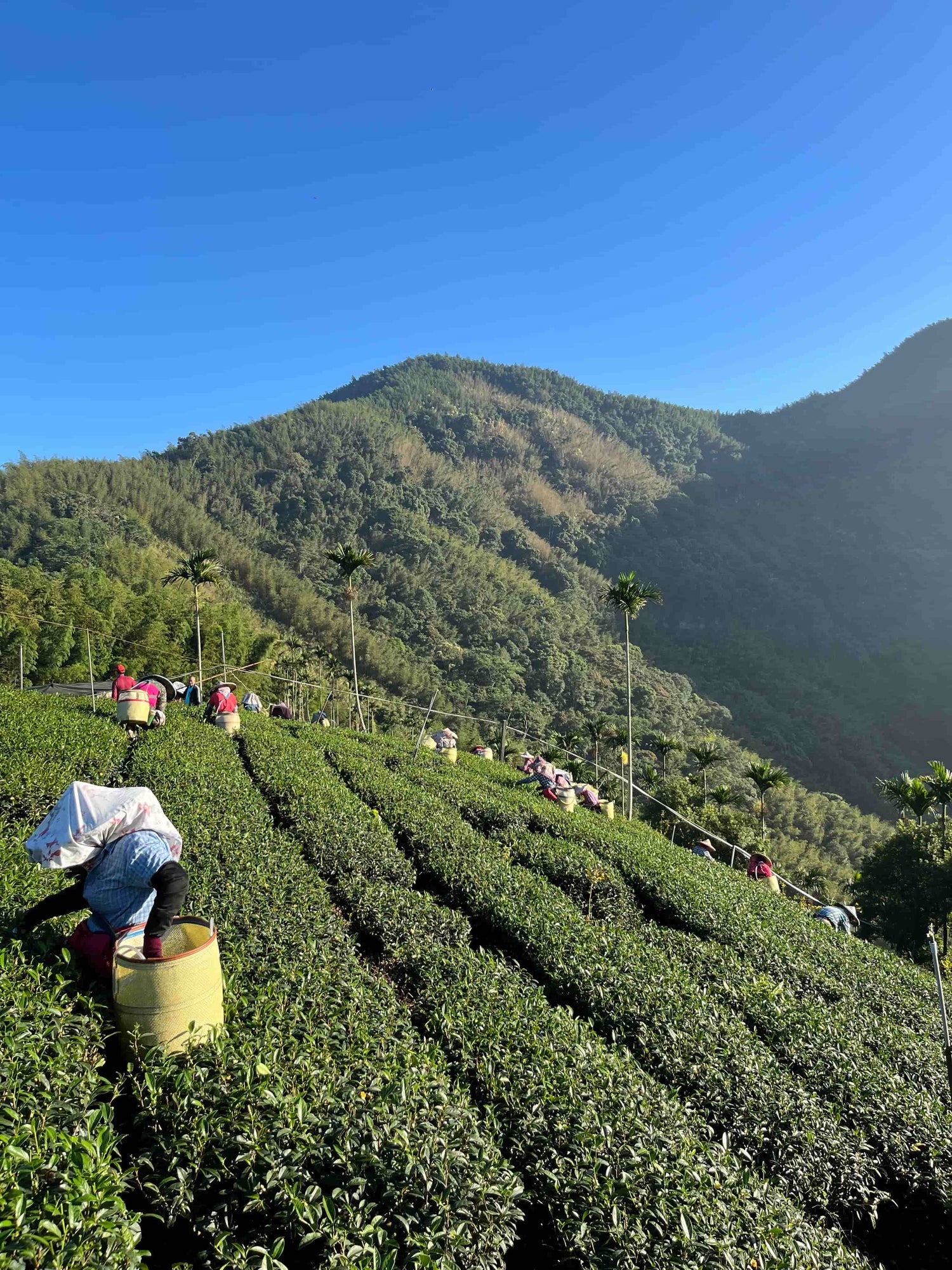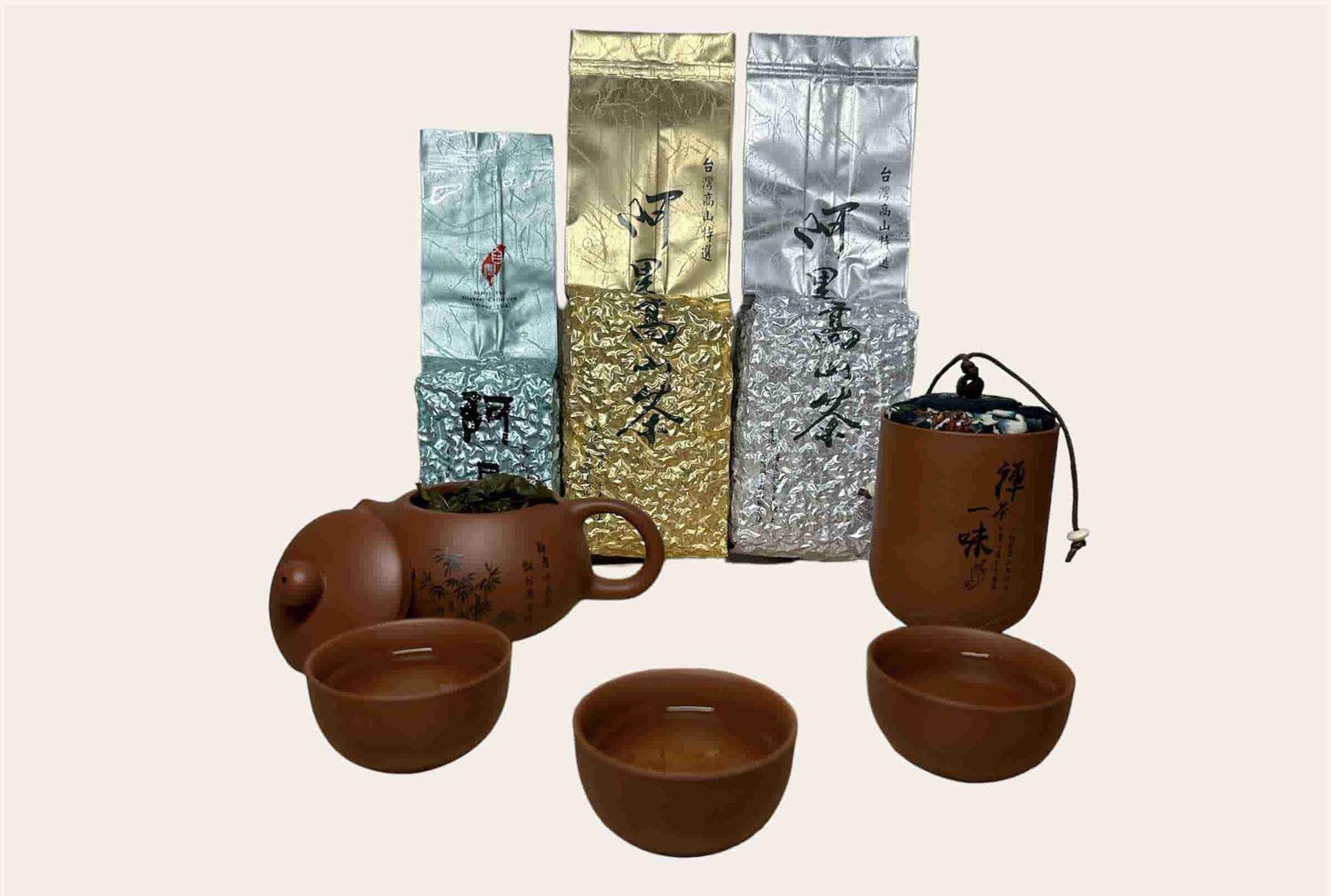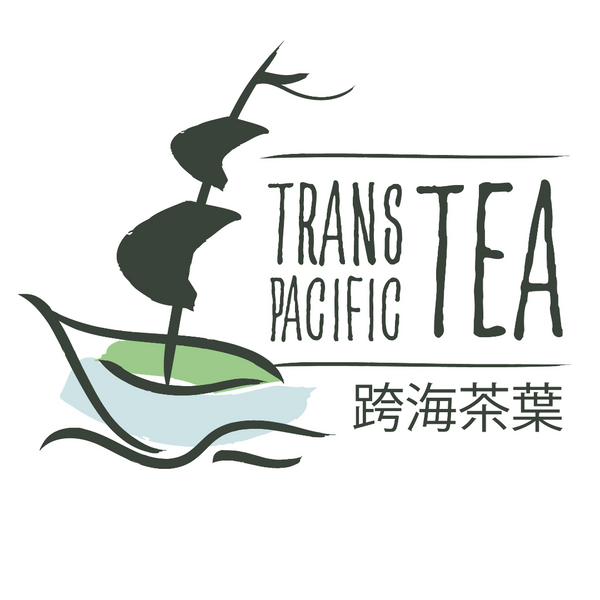Farming Process

Fertilizers
Our commitment to producing high-quality tea with a delectable, smooth flavor is reflected in our use of organic fertilizers year-round. Our special blend of fertilizers includes chicken and livestock manure, bone meal, fish meal, shrimp and crab shell powder, eggshells, phosphates, bitter earth limestone, crushed mineral powders, soybean meal, potato shells, and sugarcane residue. By using these natural fertilizers, we ensure that our tea is not only delicious but also nourishing, making it the perfect choice for health-conscious tea lovers.
Weeding and Cultivation
Maintaining the growth of crops and preserving the environment are top priorities for us, which is why we place great emphasis on weeding and intercultivation. Weeds, which can hinder crop growth and compromise environmental quality, are carefully removed by manual cutting with a back-cutter or a machine, depending on accessibility. For areas that cannot be reached by machines, such as within the tea trees, we remove weeds by hand. In addition, we use intercultivation techniques to improve soil aeration, enhance nutrient absorption, and optimize fertilizer efficiency. Our skilled team employs plows and small sheep machines to loosen the soil to a depth of approximately 30 centimeters, ensuring that our crops receive the optimal growing conditions they require.
Safety Guidelines for pesticide use
At our tea farm, we take our customers' safety seriously, which is why we only harvest our tea leaves after the residual period of pesticides has passed. We utilize 115 carefully selected pesticides, which have been approved and registered by the farm, to cultivate our tea. This includes 25 types of fungicides, 81 types of insecticides, and 11 types of herbicides (among which Fipronil can be used as both fungicide and insecticide). Of the 73 types of single active ingredients, only 3 types (Sulfoxaflor, Mineral oil, Wettable sulfur) are not subject to regulatory limits. We also use 8 types of mixed pesticides. Our approach to pesticide use reflects our unwavering commitment to producing the highest quality tea that is not only delicious but also safe for our valued customers to enjoy.
Pruning Techniques
We employ four different pruning techniques to ensure optimal growth and yield of our tea trees. Shallow pruning involves trimming above the location where the branches were pruned the previous year, with an emphasis on creating an evenly pruned surface. Medium pruning requires cutting off 1/3 of the tea tree's height, resulting in a single, less branched stem after pruning. For deep pruning, we remove 2/3 of the tea tree's height, also leaving a single, less branched stem after horizontal pruning. Finally, Tai pruning involves using a flying disc blade to cut the tea tree to a height of 8-14 cm from the ground, with the aim of creating a single main trunk. Each of these pruning techniques is carefully selected and executed based on the unique needs of each tea tree to promote healthy growth and an abundant yield.

Learn About our Farm
Our single source partnered farm was established in 1990, from the current farmer’s grandfather's era to the present third generation. Located in the uppermost water source of Guanyin Waterfall in Chiayi County. The water used to irrigate the tea trees in the Alishan high mountain tea gardens comes from the purest and most unpolluted water source – containing rich minerals and trace elements – This makes the tea trees healthy and vigorous allowing the tea buds to grow green and lush, yielding amazing flavors in the tea.

What is Alishan Tea?
"Alishan tea" refers to a specific type of tea grown in the Alishan region of Taiwan. Some popular types of Alishan tea include oolong tea, black tea, and green tea. When choosing Alishan tea, it is important to consider factors such as the tea leaves' appearance, aroma, and taste. It is also helpful to know the specific type of tea you are looking for and to purchase from a reputable source.
